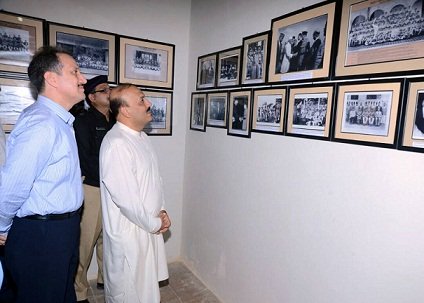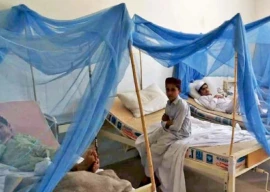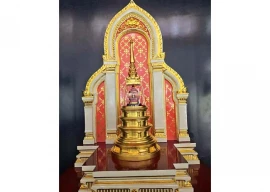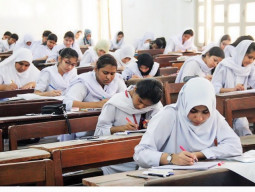
KARACHI: A photo gallery was inaugurated on Tuesday by the Sindh Inspector General of Police Allah Dino Khawaja at the Sindh Police Museum at Sindh Police Headquarters in Garden area.
The former police chief of Karachi, Saud Mirza, who has been heading the museum project, highlighted the history of the Sindh police and the significance of the museum.
"The Sindh police was set up in British India in 1843 with the police force being formed on May 1, 1843. Its architect was Sir Charles Napier," Mirza shared.
Law and order gets 15% of entire provincial budget
From 1843 to 1848, the Sindh police was composed of three divisions, Karachi, Hyderabad and Shikarpur, with manpower of 2,400 people while the total crime during this period was 151 cases. "Three lieutenants were designated as superintendents of police, but in those days the rank was called lieutenant of police," Mirza said.
The Sindh police had three branches back then, known as the Mounted police, City police and Rural police. The then governor, Napier, supervised the police department. However, after the British left, command of the law enforcement agency was put under the commissioner. Captain William Brown was made the first superintendent of the Sindh police. He was succeeded by Captain Edward Charles Marston, who held office until 1872.
"The motive behind establishing a police museum is to give people a glimpse into the history, significance and operations of the law enforcement agency of Sindh," Mirza said.
Sindh police likely to get major chunk of provincial budget yet again
Speaking about the museum building, he said it was established in 1870. The museum has old police records, photographs, vintage weapons, medals and other valuable items, he said, adding that the museum also has old files and cuttings of newspapers.
Meanwhile, Khawaja, in his address, said that the museum will be made into a state-of-the-art facility soon like the driving licence branch in Clifton. He also appreciated the efforts of Mirza.
"The museum is an effort to bridge the gap between the people and police and create awareness about the force's history," Khawaja said, adding that the museum will be very helpful for researchers and historians.















































COMMENTS
Comments are moderated and generally will be posted if they are on-topic and not abusive.
For more information, please see our Comments FAQ